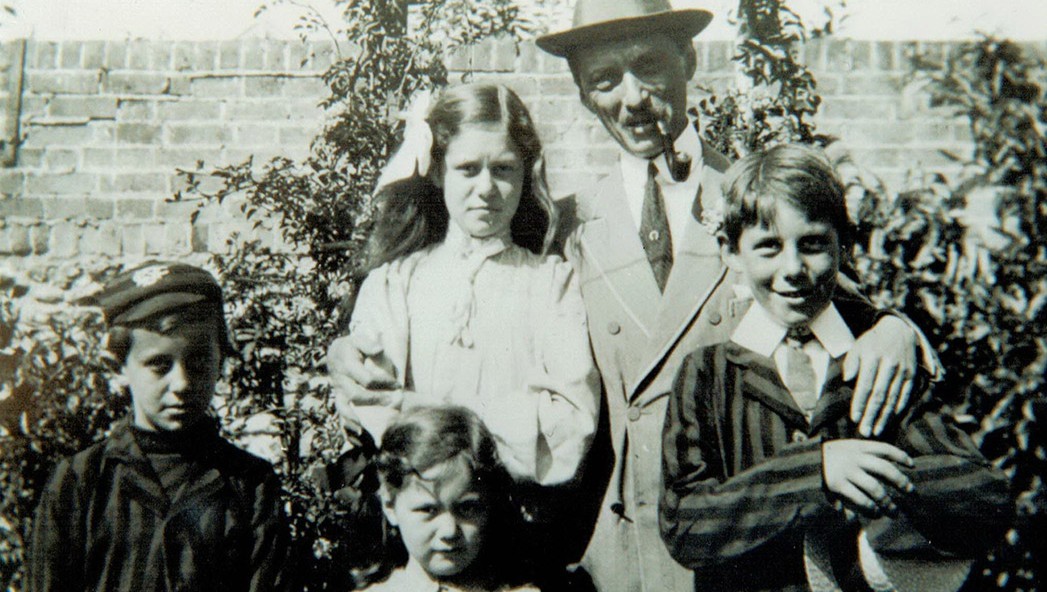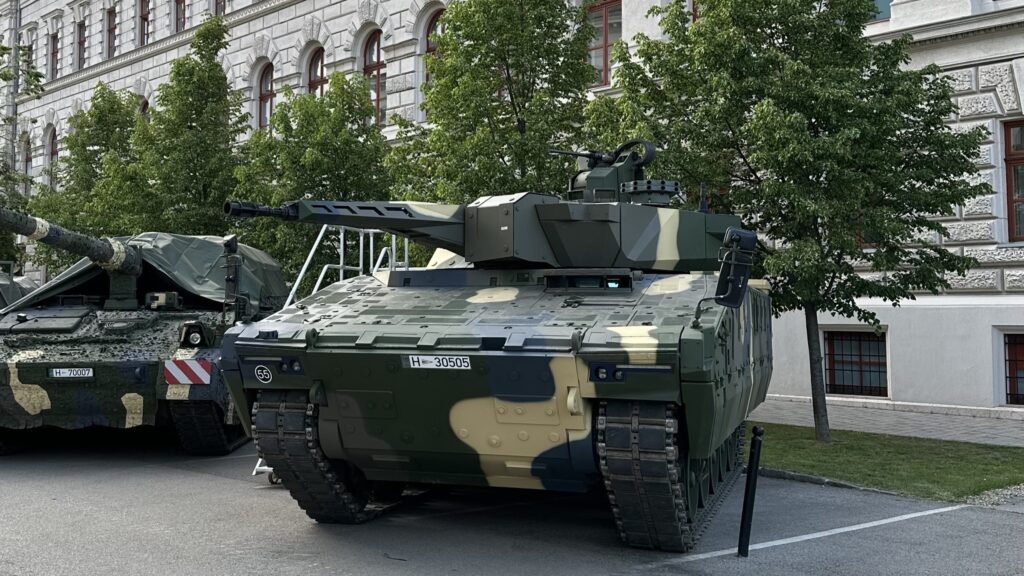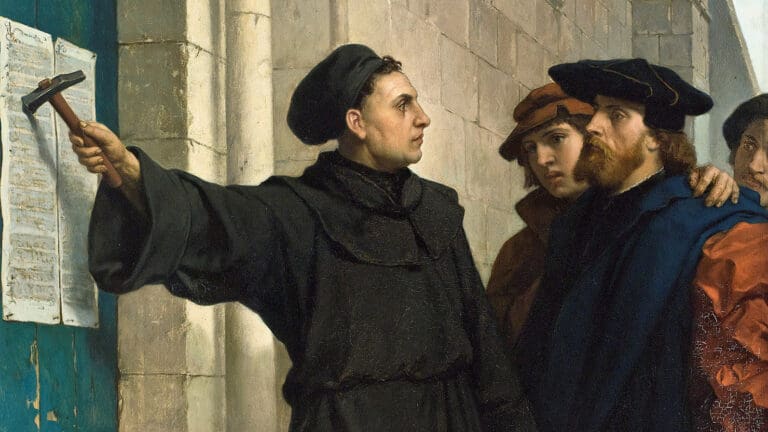The following is an adapted version of an article written by Emese Hulej, originally published in Hungarian in Magyar Krónika.
He was born in Szeged, and through London, he reached the most fabulous East, more precisely, India. Kings, maharajahs, and world-famous museums bought goods from him. Imre Schwaiger worked with Cartier and generously supported Hungarian public collections. A success story from the first half of the 20th century below.
‘I would like to meet your wife,’ Queen Mary of England told her host, Imre Schwaiger, when she visited the art dealer’s world-famous shop in Delhi. The man immediately sent a message, and a few minutes later, the monarch’s wife was already chatting with Mrs Nelly Schwaiger.
A man born in Szeged had a shop in Delhi, at the Kashmir Gate, which was one of the centres of the Indian art trade in the first decades of the 20th century. It is no wonder that the wife of George V went to see his goods as well, and after this visit, the king himself also received the Hungarian merchant from the Tisza region, famous for his correctness and discretion.
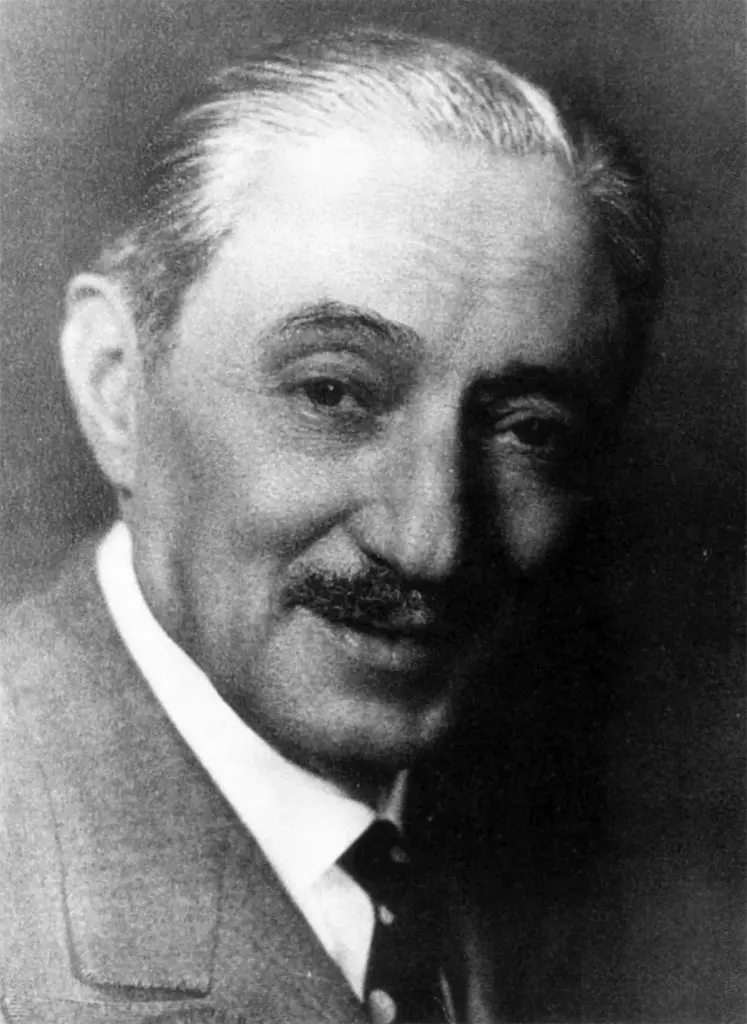
Perhaps Schwaiger pinned the indispensable blue cornflower in his buttonhole for that special occasion. He cultivated this plant, which symbolized his homeland, in the garden of his beautiful villa, especially for this purpose. However, at a very young age, after graduating from commercial school, he immediately set off for Europe. In London, as an employee of the Crédit Lyonnais bank, he first learned the language, then went to India, thanks to a favourable offer, and took a job at a branch in Simla. He got to know the world of precious stones and art objects, which was not difficult for him, because as a student, he wanted to pursue an artistic career if he had followed his heart. His impeccable taste, good communication skills, and reliability soon elevated him to the top of this delicate business, so he was able to open his own business, now in Delhi. His English wife, Nelly, also played a key role in this, as she, being the daughter of a wealthy merchant, brought a considerable dowry to the marriage.
In addition to the luxurious and centrally located villa in Delhi, the Schwaigers also had an apartment in London and a houseboat. When Gyula Germanus and Rózsa Hajnóczy stayed with them during one of their trips to India, they could not help but admire the villa, richly but tastefully decorated with statues, ivory carvings, embroideries, and precious stones, in front of which stood a huge Buddha statue. To their greatest delight, the host treated them to delicious paprika chicken.
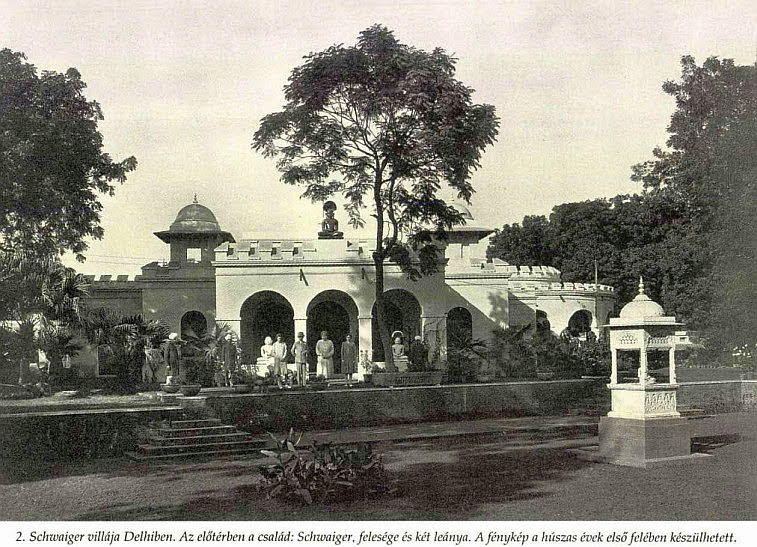
The art dealer, who had connections with English aristocrats, American millionaires, maharajahs, and the world’s great museums, did not forget his homeland—not even his hometown. He was willing to report to the Szegedi Napló about the Eastern journey of Archduke Franz Ferdinand or the Indian earthquake, and only after the birth of his children did he stop lamenting about when he would next see Oroszlán Street and Boldogasszony Boulevard in Szeged again.
During the First World War, Schwaiger, who was in London at the time, was placed on the list of citizens of enemy countries and, in principle, could not leave his house, but the English Minister of War, Lord Kitchener, exempted him from this. Schwaiger helped to assemble the lord’s special collection of oriental swords. He also became friends with one of the Cartier brothers, Jacques, and in the 1920s he became the most important oriental contact for the famous jewellery family. Schwaiger was trusted by wealthy Eastern nobles, so they were willing to view Cartier’s special pieces for sale.
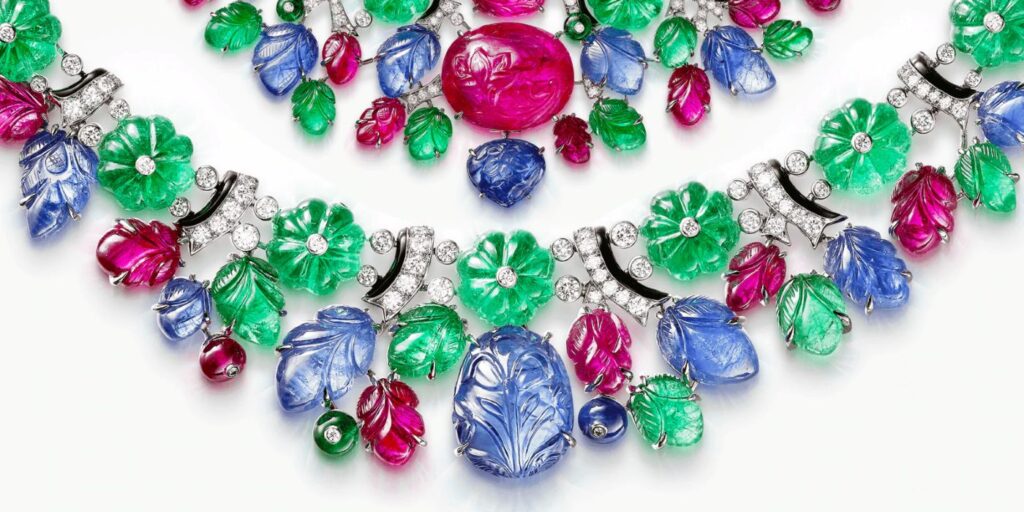
In international studies, the Hungarian merchant is considered one of the discoverers of Tibetan art, as he recognized the cultural values of the Himalayan peoples early on. Monks could stay in his house, so if they wanted to sell a statue or miniature, they brought it to him first. Large public collections also bought from him; the British Museum bought something from the Schwaiger collection almost every year. The Hungarian collector also donated generously, primarily to Hungarian museums, but the British Museum also received an especially valuable Persian peacock statue from him. He is also considered the second founder of the Asian Art Museum, founded by Ferenc Hopp, as he donated so many, mainly Indian and Tibetan statues and scroll paintings, to the collection.
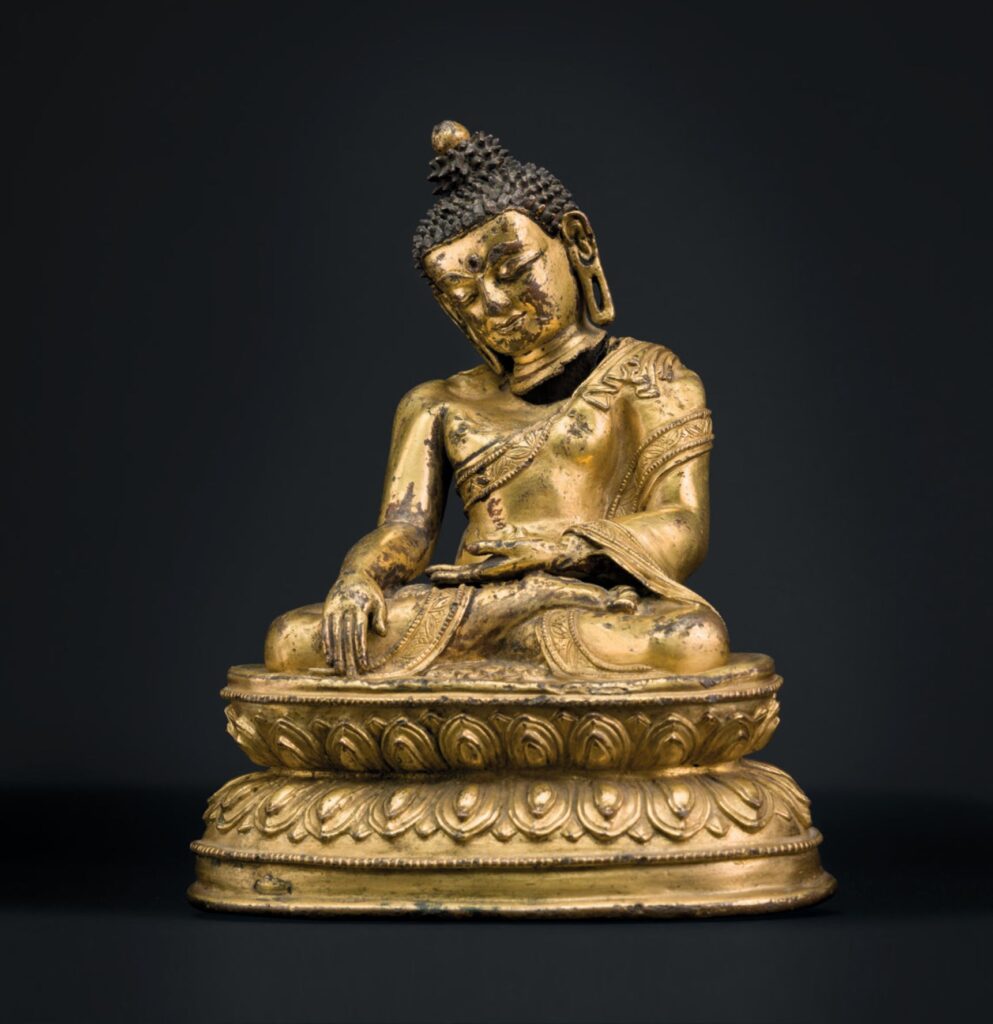
He was offered English citizenship several times, but he only accepted it after WWI. Nevertheless, he bequeathed the largest part of his estate to Hungarian public collections, and his four children fulfilled his will. Imre Schwaiger died in Delhi in 1940 and was buried in the English military cemetery there. His once luxurious villa changed hands several times and is now a state building.
Read more:
Click here to read the original article.

